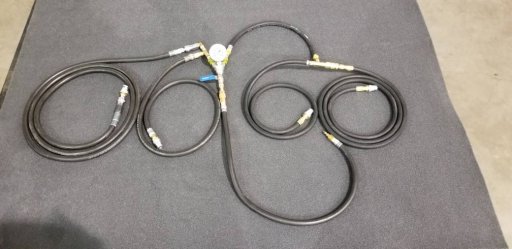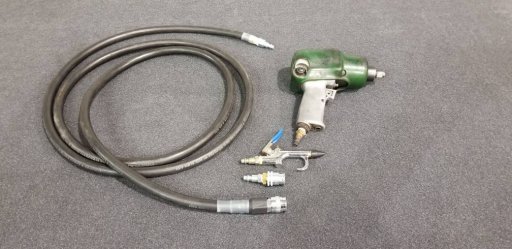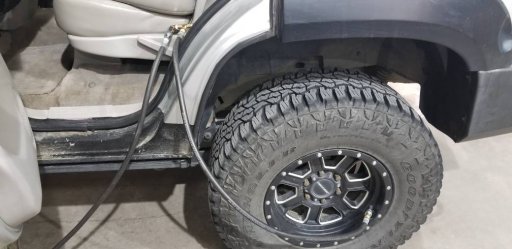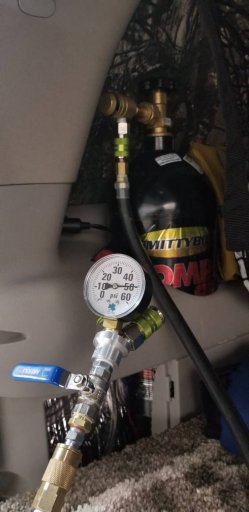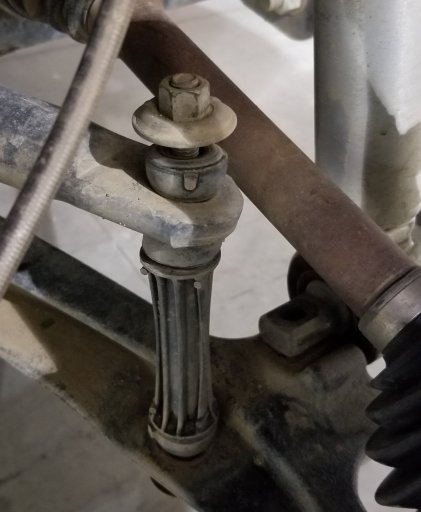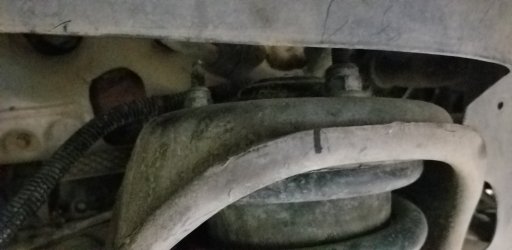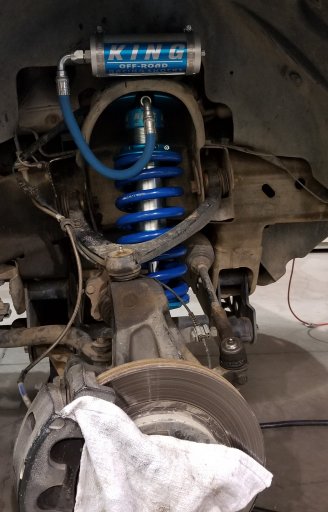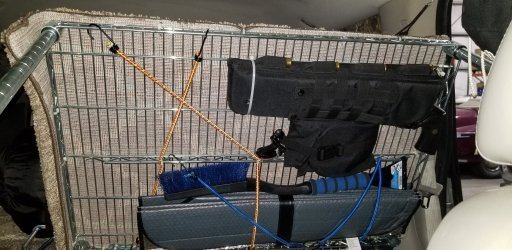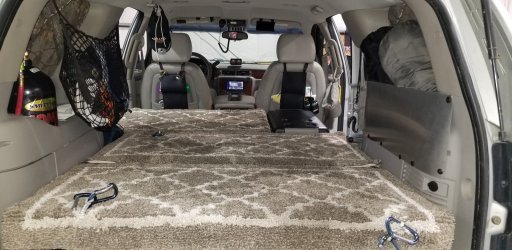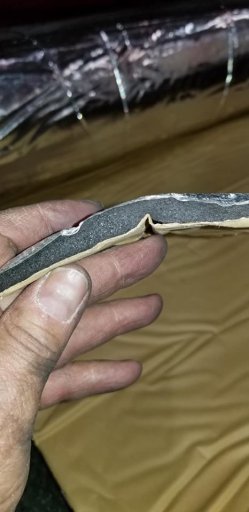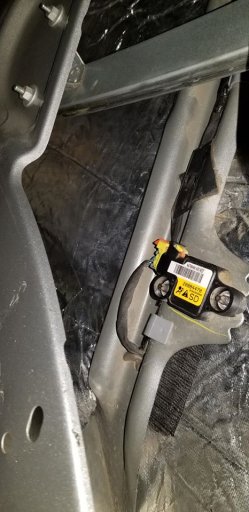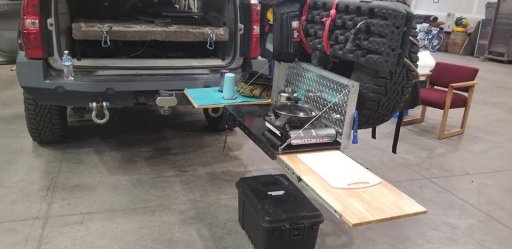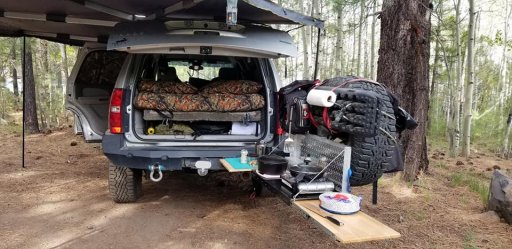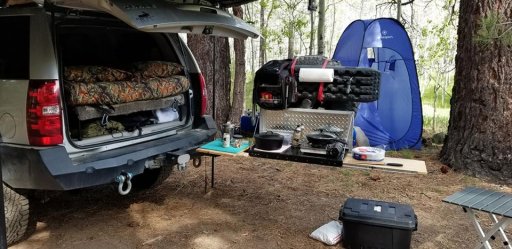We started out with a bone stock 2011 Tahoe with a single speed transfer case.
View attachment 110727
First step was pretty big adding some lift with a Rancho 4 in lift kit. To improve the suspension and smooth out the bumps I installed a RS 7000 suspension front and rear. Then installing a FabFour bumpers up front with Warn 9500 winch. To keep the rear end from looking odd I also installed a rear FabFour bumper.
Note:(For more serious off road adventures I would suggest checking out a 11.5 inch travel kit by Baja kits and installing a set of king shocks and going with a 6 inch lift)
With the lift kit installed we were able to install a set of Pro Comp 9x17 rims and 315/70x17 Cooper AT-3 tires. I did get over 40,000 miles out of them. (But, I just installed a set of 35/12.5/17 Goodyear Ultra Terrain AT tires and I like them much better)
To help light up the night a Ridged Hybrid Spot / Flood light bar was added to the front bumper along with a set of 4 in. spot lights.
So this first step took about 5 days and it looked like this...
View attachment 110728
After a few months I was getting pretty tired of the poor MPG that had dropped from 18-21 MPG stock to around 12. So an idiot at a local 4X4 shop in Reno recommended and installed a set of 4.88 gears for me. Well that was a terrible idea because the gearing was way to deep and acceleration really suffered. The mileage dropped to a high of 10 MPG plus the gears were installed wrong and started making a lot of noise... So I decided to do my own calculations and had another shop install a set of 411 gears this made a big difference improving the MPG to 16 to 19 miles and it also improved acceleration considerably. Total cost on gearing changes over $5200..
Note: I could have added a blower for about the same price.
Next step was to give it a more aggressive look and to get the tires covered up so it would reduce the amount of dirt and mud spraying on the side of it...
View attachment 110729
Since we do toss a canoe on top and the stock roof rack has plastic end pieces I offen worried they might break sending our fiberglass canoe down the road without a paddle.
I found some cro moly steel shaped like a wing laying around my shop and was later told they might have had a previous life as a wing spar on a bi-plane... These are much stronger and lower and lighter than the stock set on the right.
View attachment 110730
Installing them was easy a 1/4 drill and bolt through the stock rack system then added a set of canoe bunks for the boat. This modification also improved the MPG when hauling the boat on top because of a reduction in frontal area and improved airflow and was quieter too. I love a win win.
View attachment 110731
Since the 315x70x17 tires were to big to fit in the spare tire storage my first solution was to put it in the back with a board on top so I could put things on top of it. Very crude idea but it worked and it gave me an idea for a future modifications.
View attachment 110737
Next I installed a new swing out spare tire rack it was much better and it allowed me to install a shelf back there...
View attachment 110738


